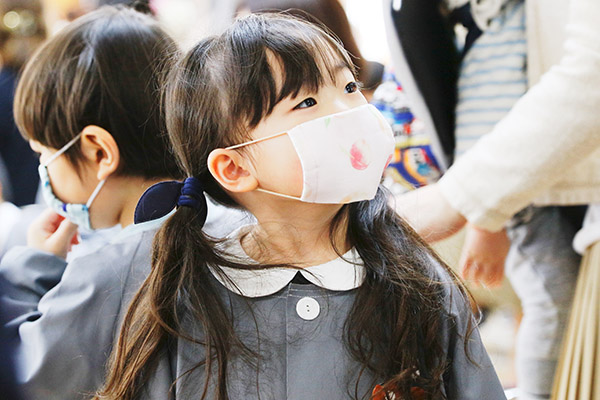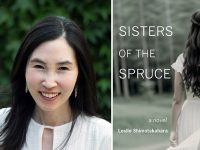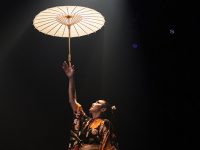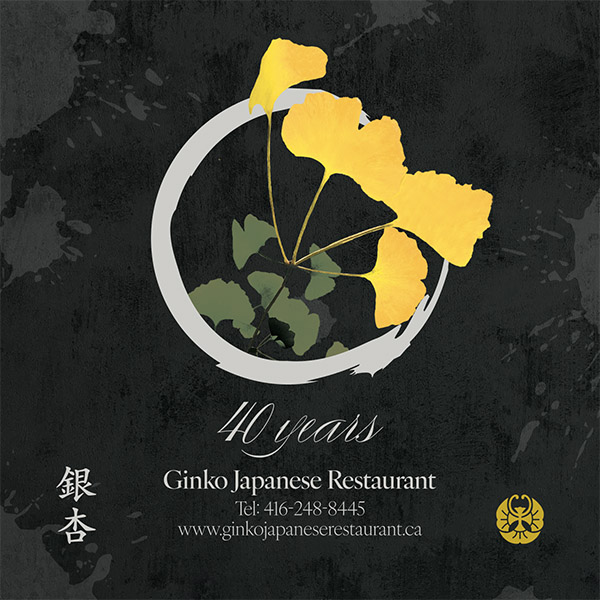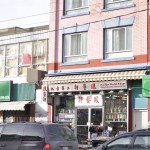Wearing a face mask has become a politically polarizing issue in North America. In Japan, masks are worn daily for many reasons. Photo credit: Miki Yoshihito from Sapporo City, Hokkaido, JAPAN, CC BY 2.0 via Wikimedia Commons.
Masking has become a politically polarizing issue today. To mask or not to mask is the divisive question debated in political circles in North America today.
If you’ve received a second or third dose of the COVID-19 vaccine, you might question whether masking is even beneficial. Masking mandates and social distancing protocols differ from country to country depending upon vaccine rollouts and current levels of COVID, making things confusing for the public. But just because protective pandemic public health measures and mandates are lifting across Canada doesn’t mean that COVID has miraculously disappeared.
In the early stages of the pandemic, the World Health Organization (WHO) praised Japan for its swift and effective curtailing of the virus spread achieved simply by promoting mask-wearing. Masks work to suppress pandemic spread not by protecting the mask-wearer but by preventing the infection of others by the wearer.
Despite Japan not having instituted a legal masking requirement, a voluntary near universal mask usage has been observed.
Why is this? To understand, we must look to the past. In Japan, masks are worn daily for many reasons, and there is no stigma associated with mask-wearing in Asia. During the winter influenza season, masks are worn to prevent the spread of cold and flu. During the spring and autumn seasons, masks are worn to prevent seasonal hay fever allergies that affect 30 per cent of the population. Others wear masks to hide their acne and breakouts or simply if they’re having a bad makeup day.
The first reported mask usage was around 150 years ago, in the 1870s, in the mining industry. Factory and coal/silver mine workers utilized masks to prevent dust inhalation. They were made from persimmon tannins and silk cloth called “Fukumen.” In the Meiji period, a 3D-style mask with a copper wire mesh filter was used. Today we know that copper has anti-microbial properties.
In 1923, the Kotobuki mask made by Uchiyama Takeshoten was first registered as a trademark product in the aftermath of the Great Kanto Earthquake. People in the Tokyo and Yokohama region wore the masks to protect themselves from ash and smoke inhalation. With innovations in manufacturing techniques, the wired mask, the white gauze mask, the pleated mask, the flat cloth mask, the disposable mask, and 3D masks have all made their debut.
After influenza outbreaks in 1918 (Spanish flu) and 1934, mask-wearing to prevent cold and flu spread became widespread. By then, mask-wearing was a long-established practice that helped protect Japan in the 1968 pandemic, SARS in 2003, and H1N1 swine flu in 2009. Mask-wearing became linked with being a good citizen doing one’s duty to protect their country, family, and community. The Japanese government didn’t need to apply fines or strict mandates to enforce masking, instead relying on public health campaigns promoting the Japanese culture of co-operation, consideration, and obligation making the cultural acceptance of mask-wearing easier.
In Canada, we went from nearly zero mask-wearing pre-COVID to 80 to 90 per cent compliance these past two years, which was a big behaviour change. Perhaps in the future, mask-wearing can become a normal societal practice or etiquette, not associated with cultural stigma or political divisiveness. Masks have become a stylish fashion trend rather than just a functional healthcare product.
Today they come in all shapes, colours, materials, and designs. Some are waterproof, repel odours, block UV rays, heat up, or cool down. In the end, it comes down to doing what makes you feel comfortable based on all the available scientific data and statistics. But, we should be able to wear a mask without judgment if that’s the choice we make.
***







 20 Jun 2022
20 Jun 2022
 Posted by Ailin Oishi-Stamatiou
Posted by Ailin Oishi-Stamatiou 